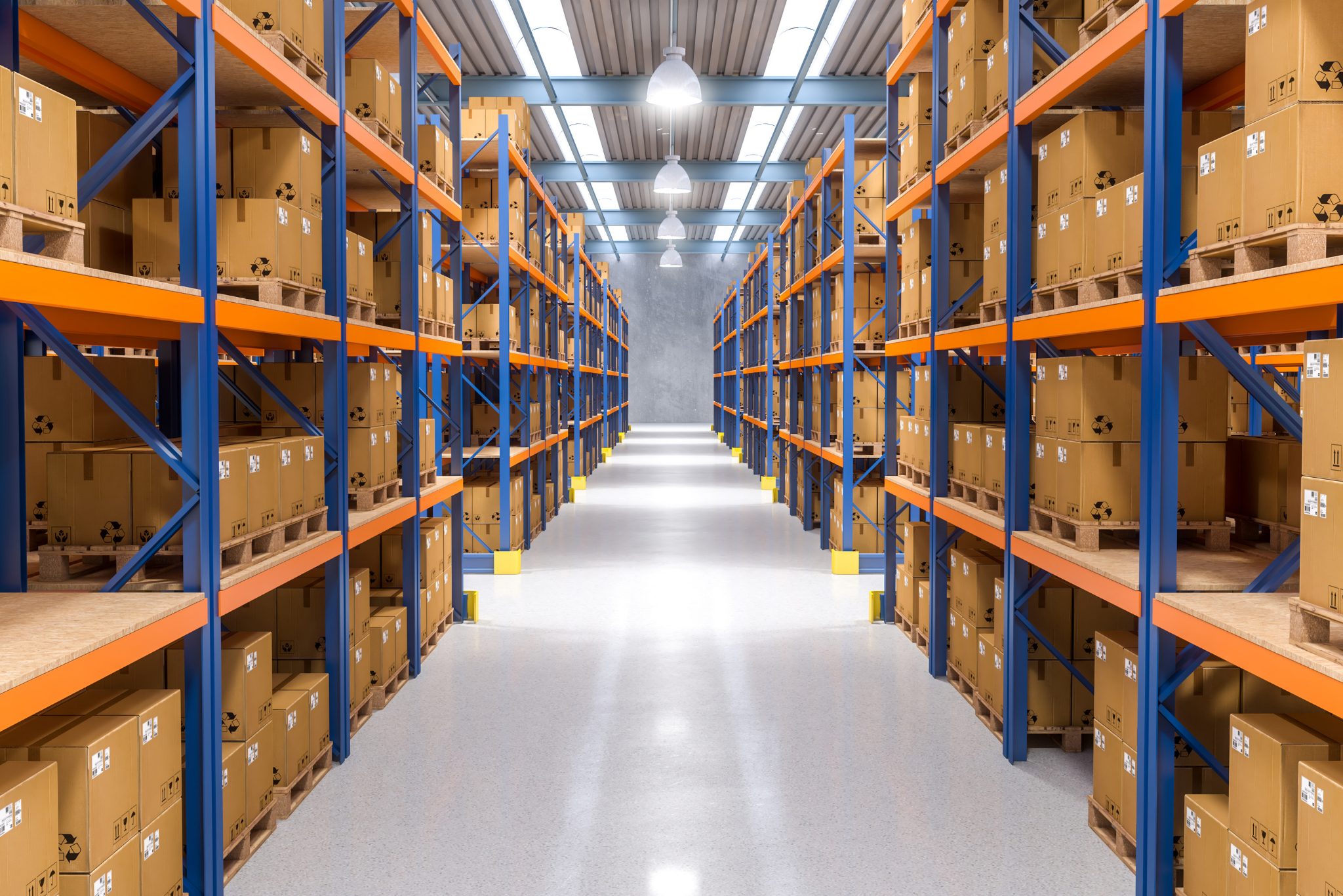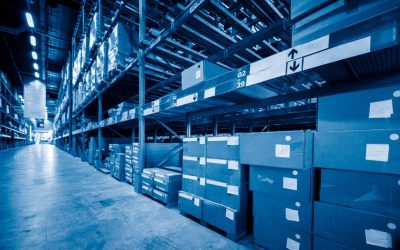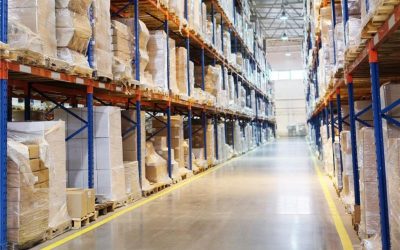Amid a tougher trade policy and punitive import tariffs, companies are turning to specialized storage facilities as a way to buy time, improve cash flow, and avoid duties on goods that may never be nationalized.
The protectionist shift in U.S. policy has triggered a wave of global reactions that are putting international supply chains under severe strain. The tariffs imposed following what’s been dubbed “Liberation Day” have changed the rules of the game for companies with global operations. The American tariff offensive is aimed at reshoring manufacturing, blocking foreign technology, and economically penalizing countries that don’t align with its geoeconomic strategy.
Against this backdrop, protectionist measures have forced companies to rethink their logistical operations. With tariffs driving up costs and cutting into profit margins, the urgency to remain competitive without jeopardizing liquidity has become critical.
The consequences have manifested in higher import costs, operational delays, and increased risk of supply shortages. To avoid being tethered to political volatility, many businesses have turned to an existing but underutilized logistical structure: bonded warehouse.
A Tactical Alternative to Tariffs
BWs allow companies to store imported goods without paying duties or tariffs upon entry. As long as the cargo remains within the facility, it is not formally considered nationalized, and taxes are therefore suspended.
This provides a key advantage: deferring payment until the exact moment the goods are released into the local market. If the company chooses to re-export the merchandise, it avoids paying any taxes in the country where it was stored.
During the trade escalation between the United States, China, and the European Union, these facilities gained traction as a financial shield. Companies with international operations began using them to “buy time” amid the uncertainty.
Improved Cash Flow
Payment deferral allows companies to avoid tying up capital. This translates into improved cash flow: while the goods remain stored, the funds can be used in other areas of the business. In a context of punitive tariffs, where nationalizing merchandise can require huge outlays, maintaining liquidity becomes a strategic advantage.

BWs also enable companies to spread tariff payments over time. A company doesn’t need to pay for an entire container all at once. It can withdraw inventory in increments and pay duties in parts, aligning costs with revenue. This strategy helps protect monthly margins—something that’s especially key for small and mid-sized businesses or companies with limited cash flow.
Flexibility for Re-Exporting
Another major advantage is their role as global logistics hubs. If part of the stored inventory is re-exported, the company avoids paying tariffs in the intermediary country. This exemption is crucial in sectors like e-commerce or manufacturing, where stock must be redistributed dynamically.
For example, a company can import products into a U.S. bonded facility, consolidate them there, and then ship them to Latin America. As long as the goods don’t enter the U.S. market, no taxes are incurred.
Additionally, if domestic demand in a country declines, companies can redirect inventory to more active markets without having to nationalize those products first. This adaptability enables a rapid response to market shifts.
Protection Against Tariff Increases
Such facilities also serve as a hedge against political volatility. If tariffs rise abruptly, goods already in storage aren’t subject to the new rates until they’re withdrawn. This gives companies room to wait for a potential reduction or renegotiation.

Conversely, if higher tariffs are rumored to be on the way, companies can preemptively bring goods into these secure storage sites to temporarily avoid the impact. Even if nationalization happens later, the transaction may still fall under previous regulations if favorable terms are negotiated in the meantime. In other words, exposure to sudden policy shifts is limited.
Permitted Handling and Added Value
Goods stored in these facilities can be handled or modified in limited ways, depending on each country’s regulations. This includes sorting, packaging, inspecting, or assembling products under customs supervision. While these activities must not alter the core nature of the merchandise, they do allow companies to adapt goods to local market demand. This adds value without affecting the product’s tax status, offering a competitive edge for businesses managing global inventories.
In a global market where protectionism is on the rise, bonded storage has become a logistical and financial safe zone. It has moved beyond being a marginal resource to become a key component of international logistics.
Get in touch to learn more about Aerodoc’s services.
Q&A
- Why are these facilities becoming more strategic in today’s trade environment? With the rise of protectionist trade policies and high tariffs, they provide companies with a means to avoid immediate import duties, maintain operational flexibility, and safeguard profit margins.
- How do they help companies improve cash flow? Goods stored in a bonded site aren’t subject to tariffs until they’re officially brought into the local market. This allows companies to delay duty payments, freeing up capital that would otherwise be tied up in customs fees.
- What advantage do they provide in terms of re-exporting goods? Companies can store inventory and later ship it to another country without paying duties in the storage location.
- How do they protect businesses from tariff volatility? If tariffs increase, goods already stored aren’t affected until they’re released into the market.
- Can companies add value to products while they’re stored? Depending on local regulations, companies can sort, package, inspect, or even assemble products under customs supervision without changing their tax status.




